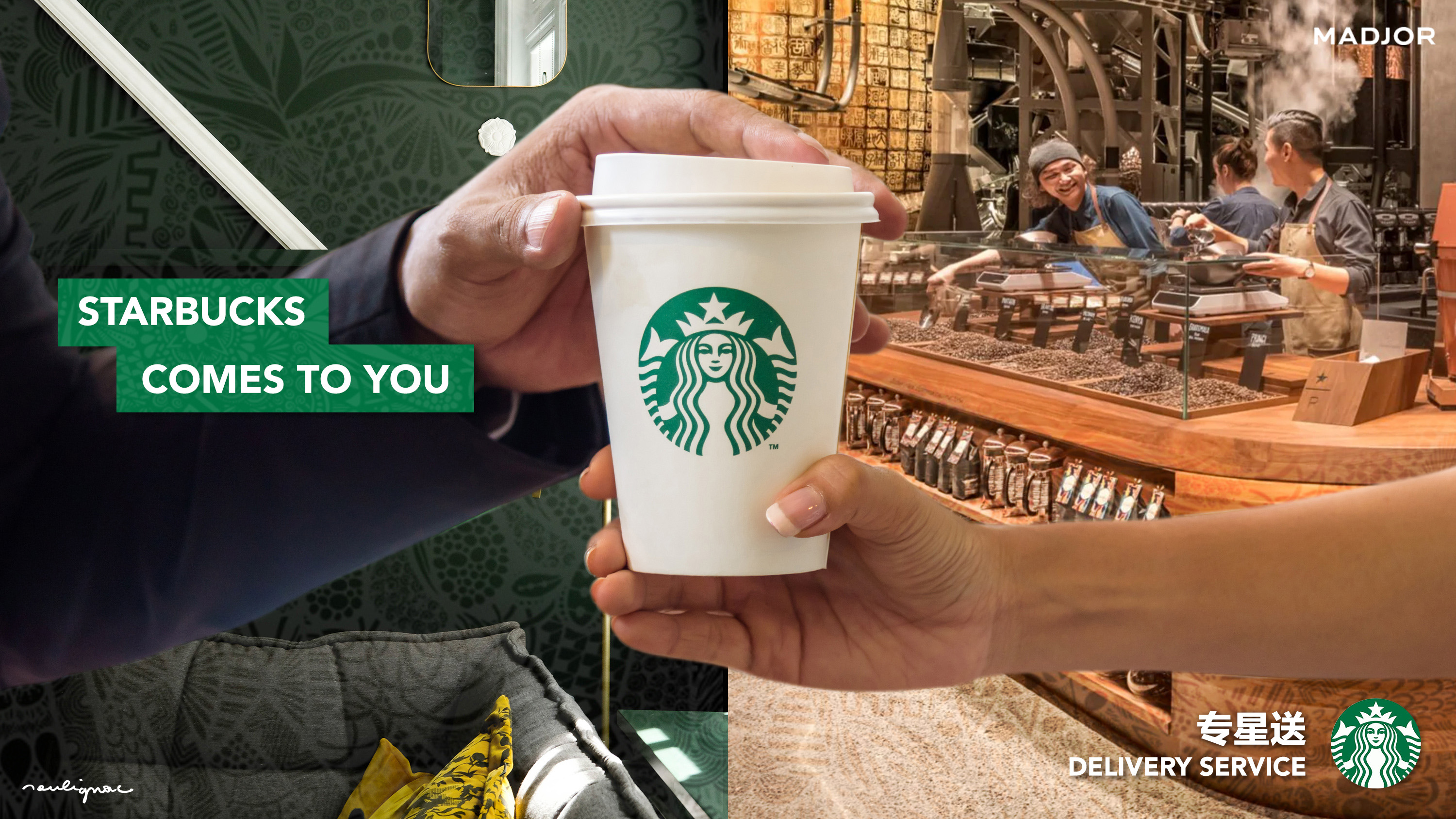
Starbucks have adapted their brand for the Chinese consumer. The case facilitates discussion on.

Co-written with Suresh Dalai a consultant with Alvarez Marsal and former operations and merchandising director of Levi Strauss Asia and Ermenegildo Zegna China Starbucks.
Starbucks marketing strategy in china. Starbucks achieved considerable knowledge about the Chinese market conditions and then began to open Starbucks stores in China. The company adopted a strategy of having three different partners to enter different regions in Chinese market. In September 1998 Starbucks entered China under a licensing agreement with Beijing Mei Da Coffee CoLtd which was as their first partner.
In summary Starbucks in China employed a very successful marketing strategy when entering the country. It was creative and innovative enough to. Co-written with Suresh Dalai a consultant with Alvarez Marsal and former operations and merchandising director of Levi Strauss Asia and Ermenegildo Zegna China Starbucks.
Starbucks have adapted their brand for the Chinese consumer. Starbucks is a great example of how an American firm can successfully launch and remarket itself in a way which is appealing to the Chinese consumer. China is currently the second largest market for Starbucks outside of the US.
The corporation has plans to open 500 new stores in China by the end of the year. The company currently have locations in 90 Chinese cities and employ over 25000 people in China. SEATTLE Starbucks Corp.
Uses separate strategies to appeal to customers in its two biggest markets the United States and China but both strategies are achieving the same goal. Comparable store sales growth. Starbucks retains the lead in Chinas specialist coffee and tea shop market with 364 of the market according to Euromonitor figures for 2020.
Once Starbucks decided to enter China it implemented a smart market entry strategy. It did not use any advertising and promotions that could be. Marketing analysts wondered if the initial success of Starbucks in China could be sustained.
The case facilitates discussion on. 1 entry strategies adopted by an established brand while entering an emerging market. 2 localisation strategies of Starbucks.
And 3 sustaining and increasing profits from its Chinese operations. In China Starbucks now expects comparable store sales growth of 2 to 4 annually starting in FY23 a one percentage-point increase from the previous range of 1 to 3 reflecting its confidence in capturing additional market share through investments in digital capabilities and innovation while continuing to open new stores at a rapid pace in its fastest-growing market. Starbucks strategically bridged the gap between the tea-drinking culture and the coffee drinking culture by introducing beverages that were based on local tea-based ingredients.
They introduced a highly localized menu of beverages and snacks that are particularly customized and accepted by Chinese taste buds. Besides China Starbucks is paying for employee housing in the UK and in 2014. These strategies together with the positive way.
STARBUCKS IN CHINA Marketing in the host country Before entering China Starbucks decided to invest in market research to analyze the best approach to reach the Chinese market by entering joint with local companies in different regions across the country which allowed a direct access to the consumer for market research purposes.